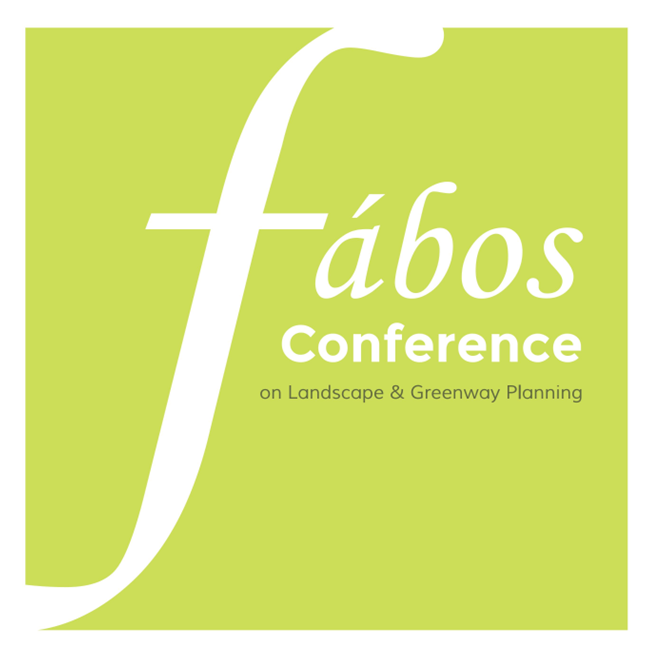Analytical Review of Valuation Methods for Cultural Ecosystem Services in Rural Areas
- Rahaf Yousef (Hungarian University of Agriculture and Life Sciences, Institute of Landscape Architecture, Urban Planning and Garden Art, Department of Landscape Protection and Reclamation.)
- István Valánszki (Hungarian University of Agriculture and Life Sciences Institute of Landscape Architecture, Urban Planning and Garden Art Department of Landscape Protection and Reclamation)
Abstract
Over the last decade, there has been an increase in academic and policy interest in cultural ecosystem services (CES) in rural areas, reflecting a growing recognition of the importance of intangible environmental benefits for wellbeing. Although the concept of CES is widely acknowledged, it is rarely fully analyzed. A significant barrier is the method for valuing CES. There has been growing research on the valuation methods of ecosystem services in rural areas, but the valuation of CES in rural areas remains relatively neglected and poorly understood in research and policy compared to other ecosystem services. Furthermore, only a few efforts have been made to comprehensively analyze the diversity of these methods and how they might be applied in rural settings.
This paper provides an analytical review of publications explicitly dealing with CES valuation methods in rural areas. It aims to fully understand the current status of CES valuation methods in rural areas, classify and analyze them, and highlight the most important challenges and gaps that need to be acknowledged. We particularly focus on: What and How many methods have been proposed to value CES in rural areas? Which CES category is most frequently examined? What are the advantages and limitations of these methods? Which methods are most frequently used in rural areas? What are the key challenges to value CES in rural areas? This paper aims to address these questions. First, we provide an overview of the current state of the literature on the topic and identify the most common CES valuation methods, then we analyze these methods in terms of their geographical scale of application, the advantages and limitations of valuation methods, and CES categories addressed by the method. Second, we identify clusters of publications that address CES in the rural landscape and highlight the key challenges of valuing CES in a rural context.
Within the different methods examined in this study, each one has strengths and weaknesses, and certain methods are most appropriate for specific situations depending on the type of information that is desired and the geographical context in which the services are evaluated. The study found that most cultural ecosystem services are best captured through deliberative and participatory methods, that if used appropriately and in combination, can help inform public decision making and establish the direction for resilient greenway planning, as well as physical and spatial planning for sustainable management of rural areas.
How to Cite:
Yousef, R. & Valánszki, I., (2022) “Analytical Review of Valuation Methods for Cultural Ecosystem Services in Rural Areas”, Fábos Conference on Landscape and Greenway Planning 7(1). doi: https://doi.org/10.7275/910w-6v82
Downloads:
Download PDF
229 Views
64 Downloads
